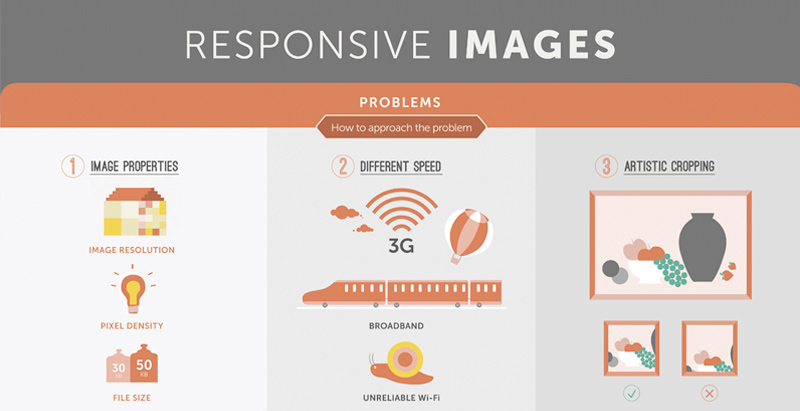Intrigued In Finding Out How Web Site Layout Has Developed Throughout The Years? Check Out The Trip From Simple Layouts To User-Centered Approaches
Intrigued In Finding Out How Web Site Layout Has Developed Throughout The Years? Check Out The Trip From Simple Layouts To User-Centered Approaches
Blog Article
Content By-Rasmussen Molina
In the past, sites were simple and focused on information. Navigation was direct, and style was for desktops. Currently, individual experience is key. Data guides styles for simple navigating. Responsive designs suit different devices. Today, dark setting minimizes strain, and minimal menus boost navigating. Interactive functions engage users, and bold visuals stand out. AI integration increases interaction. See exactly how layout has developed to enhance your on-line trip.
Very Early Days of Web Design
In the early days of website design, simpleness preponderated. Internet sites were standard, with limited colors, typefaces, and layouts. The emphasis was on offering details as opposed to showy visuals. Click On this page accessed the net through sluggish dial-up connections, so speed and performance were essential.
best web design agency were straightforward, typically located on top or side of the page. Web sites were developed for home computer, as mobile surfing had not been yet common. Content was king, and designers prioritized very easy readability over complex design components.
HTML was the key coding language made use of, and developers had to function within its restrictions. Animations and interactive attributes were minimal contrasted to today's criteria. Websites were static, with little dynamic web content or personalized user experiences.
Surge of User-Focused Style
With the development of site design, a shift towards user-focused design concepts has ended up being increasingly noticeable. Today, developing websites that prioritize individual experience is important for involving visitors and attaining business objectives. User-focused design includes understanding the requirements, choices, and behaviors of your target market to customize the web site's layout, material, and includes accordingly.
Developers now conduct comprehensive study, such as user surveys and use testing, to gather insights and feedback straight from customers. This data-driven technique helps in creating user-friendly navigation, clear calls-to-action, and aesthetically enticing user interfaces that reverberate with visitors. By positioning the individual at the facility of the layout procedure, internet sites can deliver a more customized and enjoyable experience.
Receptive style has additionally become a vital aspect of user-focused style, making sure that web sites are enhanced for various devices and screen dimensions. This adaptability boosts ease of access and use, satisfying the diverse ways individuals engage with web sites today. Essentially, the rise of user-focused design signifies a shift towards producing digital experiences that focus on the needs and assumptions of the end individual.
Modern Trends in Website Design
Check out the latest patterns shaping website design today. One noticeable fad is dark setting style, offering a sleek and modern-day look while lowering eye stress in low-light atmospheres. One more essential pattern is minimalist navigation, streamlining menus and enhancing customer experience by concentrating on essential elements. Integrating micro-interactions, such as animated switches or scrolling impacts, can create a more interesting and interactive internet site. Receptive design remains essential, ensuring seamless customer experiences throughout numerous devices. In addition, making use of bold typography and unbalanced formats can include aesthetic passion and accentuate details web content.
Incorporating AI innovation, like chatbots for consumer support or personalized suggestions, boosts user involvement and enhances processes. Availability has also end up being a substantial fad, with designers focusing on inclusive design techniques to deal with varied customer requirements. Welcoming sustainability by optimizing internet site performance for speed and performance is one more arising trend in website design. Teaming up with individual feedback and data analytics to iterate and improve design continuously is crucial for staying relevant in the ever-evolving electronic landscape. By welcoming these modern-day patterns, you can produce an aesthetically enticing, user-friendly internet site that resonates with your target market.
Conclusion
As you reflect on the advancement of website layout from the very early days to currently, you can see how user-focused layout has become the driving force behind modern-day patterns.
Welcome the trip of adjustment and adaptation in website design, always maintaining the individual experience at the leading edge.
Remain current with the current fads and innovations, and never quit advancing your method to develop visually sensational and user-friendly web sites.
Progress, adapt, and produce - the future of web design remains in your hands.
